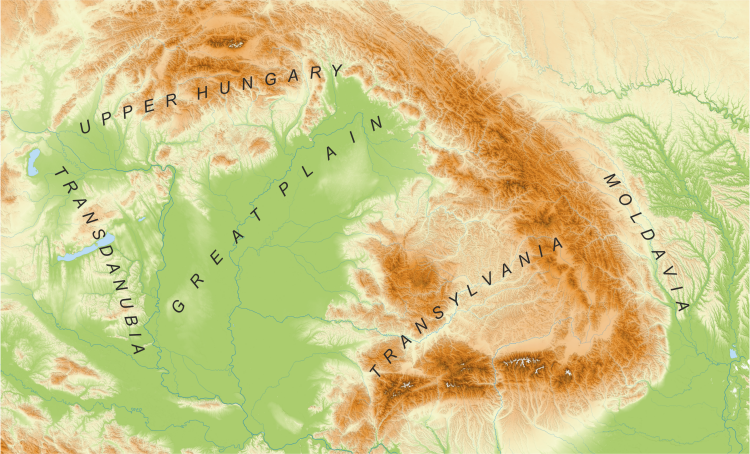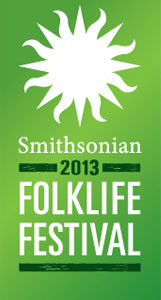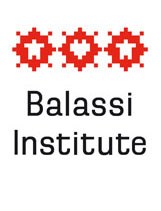It is impossible to truly understand the relationships between the origins of Hungarian folk culture, its history, and its eventual forms without considering the geographic space in which it developed. Throughout history, the features that characterise Hungary’s geography and ecology have all their effect on traditional culture and education, peasant farm life, and the flow of day-to-day events. The manner in which traditional peasant life adjusted itself to the realities of – and thus developed in harmony with – its environment, gave rise to numerous local cultural patterns. In addition to natural factors, of course, historical, linguistic, social, and political forces have also worked to shape the colourful folk culture for which Hungary is known throughout the world today.
From the standpoint of culture, it is customary to divide the Hungarian linguistic territory into five major regions: Transdanubia in the west, Upper Hungary in the north, the Great Plain in central Hungary, Transylvania and Moldavia in the east, and, between the flatlands of the Great Plain and the mountains of Transylvania, an area known as the Transition Region. This convention notwithstanding, two of the most important characteristics of Hungarian culture are its regional variability and diverse cultural and geographic wealth. Throughout the 1100 years of its history, Hungary, situated at the geographic centre of Europe, has been both sensitive to and receptive of the cultural and various other influences that travelled the N-S and E-W roads that traversed it. This observation goes far toward explaining why, by the 19th-20th century, Hungarian folk culture had developed numerous easily distinguishable regional – or even local – variations, including a rich, colourful array of dialects, costumes, decorative arts, home furnishing styles, architectural styles, dietary habits, farming practices, folk music and dance, folk poetry, customs, and modes of behaviour. In fact, in addition to the five major regions named above, ethnographic scholarship has identified 18 medium-sized and 80 minor regions, each with its own, distinct folk culture.
At the time of the festival, visitors will have the opportunity of learning about several of the many communities that have dedicated themselves to the preservation of Hungarian folk culture, including the people of the Nagykunság region on the Great Plain, the Kalocsa Sárköz region, the Kalotaszeg region of Transylvania, and the regions of Szék and Gyimes.







